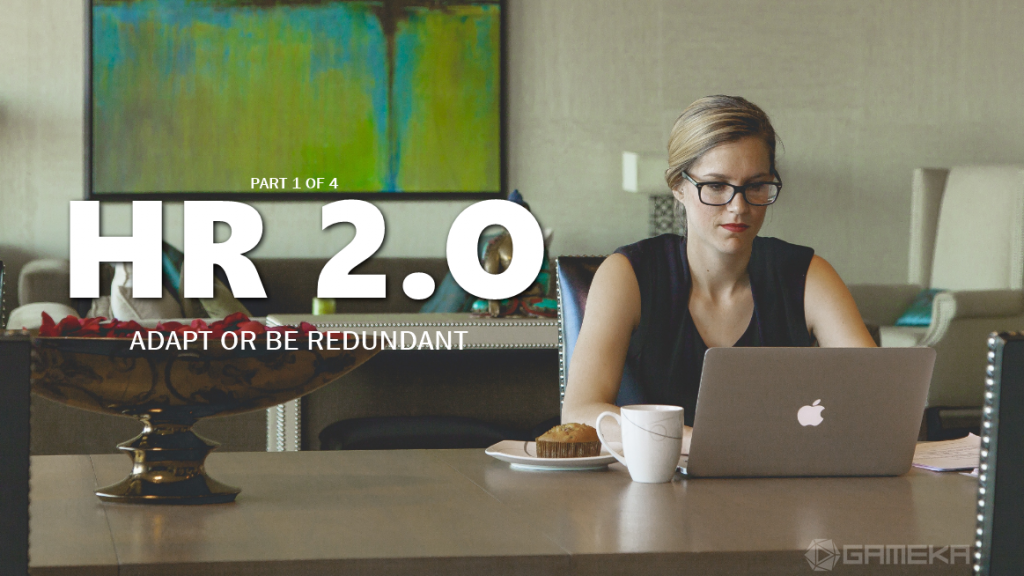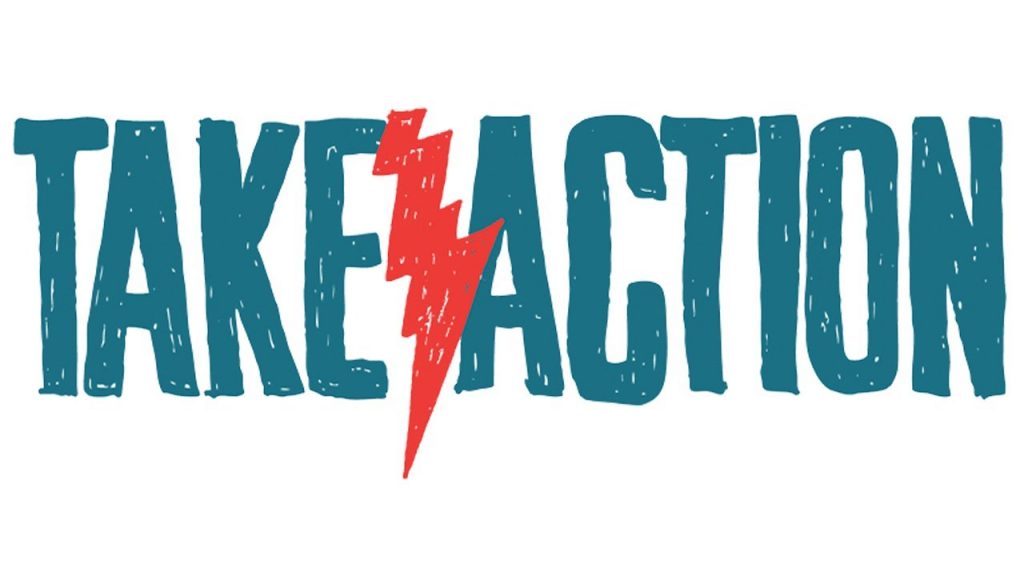
Have you ever played a game and kept playing it constantly? Did you also ever wonder why are they so addictive? Part of the reason can be found in the games’ core loops. They are also known as the core mechanics.
In every games, core loop are the main activities that dictate the game experience and players’ journey to constantly keep them engaged. These activities are the core loop, which serve as the fundamentals of the whole game. Any changes to it can affect the experience drastically.
Core Loop
In an article on loops and arcs written by Daniel Cook, a game design can use a loop structure that start with model that encourage the player to take an action with a defined set of game rules, and receive the feedback. The model will change over time and start off with a new loop or repeat itself again.

Image source by Daniel Cook
In rogue-like game, the model of a rogue-like could be start off with a player that need to increase their character’s upgrade to get to a harder dungeon. To increase upgrade, the character will have to kill monsters. This takes the player to the action of attacking monsters around the dungeon. While considering the rules of character’s health and resources, the player will act based on it. In successfully killing the monsters, characters will have feedback by gaining gold and experience in return. The game loop will repeat until the player reach the desired upgrades and the model will change.
This core loop in a game will keep the players engaged and will be what they will do from time to time. Although a good game does not solely depend on the mechanics, it will need more than that.
A Good Core Loop
To make a good game, you will need to have a good core loop that can create engagement with the players. This will go beyond the game core mechanics of making it compelling, goal-oriented, and cohesive.
Compelling
Every good core loop in a game are hard to resist once implemented. There are extremely rewarding that players will always come back for more. Clash of Clans have perfected their core loop to keep their players engaged. They have a set of compelling activities that can let players build their villages and compete with other villagers. It gives a good feedback as the player see their village grow, access more resources, and defeating other villagers. It keeps the players invested and constantly go back.

Core Loop of Clash of Clans
Goal-oriented
Whenever a player make a decision, there is always a reason behind it. To have a good core loop, the goal has to be closely related to it. The player must understand their goals to be engaged. In Pokemon Go, a popular AR mobile game. Players will have to physically walk to a location to catch a Pokemon and battle it at a Gym where they can compete. That is the goal that players understand, this will engage the players into the core loop. The players will collect Pokeballs to catch Pokemons, so they can compete in gyms so they can take control of it. Making it a good core loop.

In-game screenshot of Pokemon Go
Cohesive
To further make a good core loop, everything in your game has to be cohesive. The points, items, social, stories, art plays a role in creating an engaging core loop. Other elements in the game can help enhance it. In the Rayman series, the lums aren’t only just collectable. They are also an outline for the player to follow an ideal route that can teach new combos they can use later in the game. This is how it makes the core loop better with other elements in the game.

In-game screenshot of Rayman Legends
Conclusion
The fundamental of a good and engaging game can be found in its core loop. It is important to design it well as it form the backbone of your game. Although just getting the core loop out does not necessarily make it good. It needs to also be compelling, goal-oriented, and cohesive. If you are interested to know more about designing and building a game, you can reach us at Gameka.




About The Author: Bernard Yap
More posts by Bernard Yap